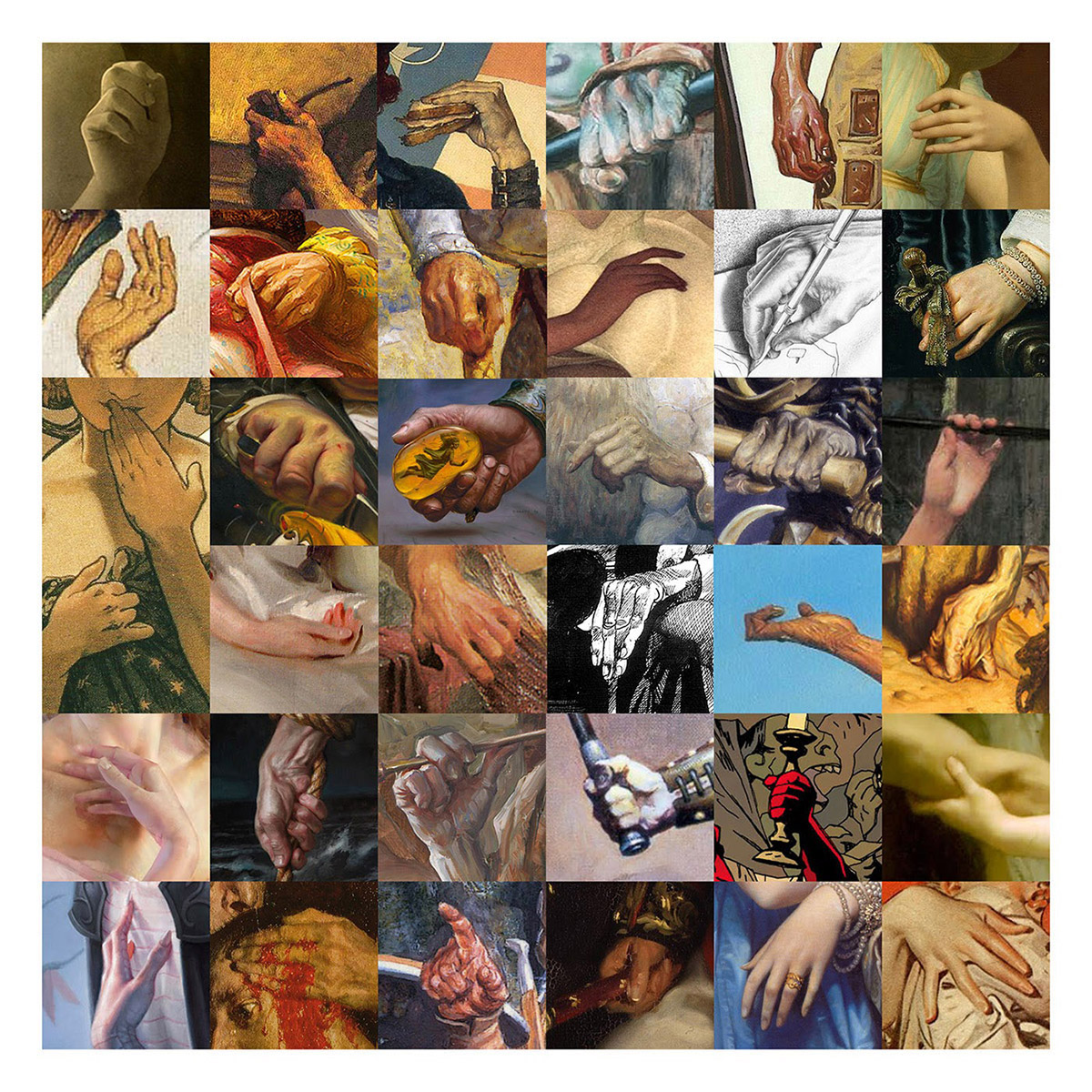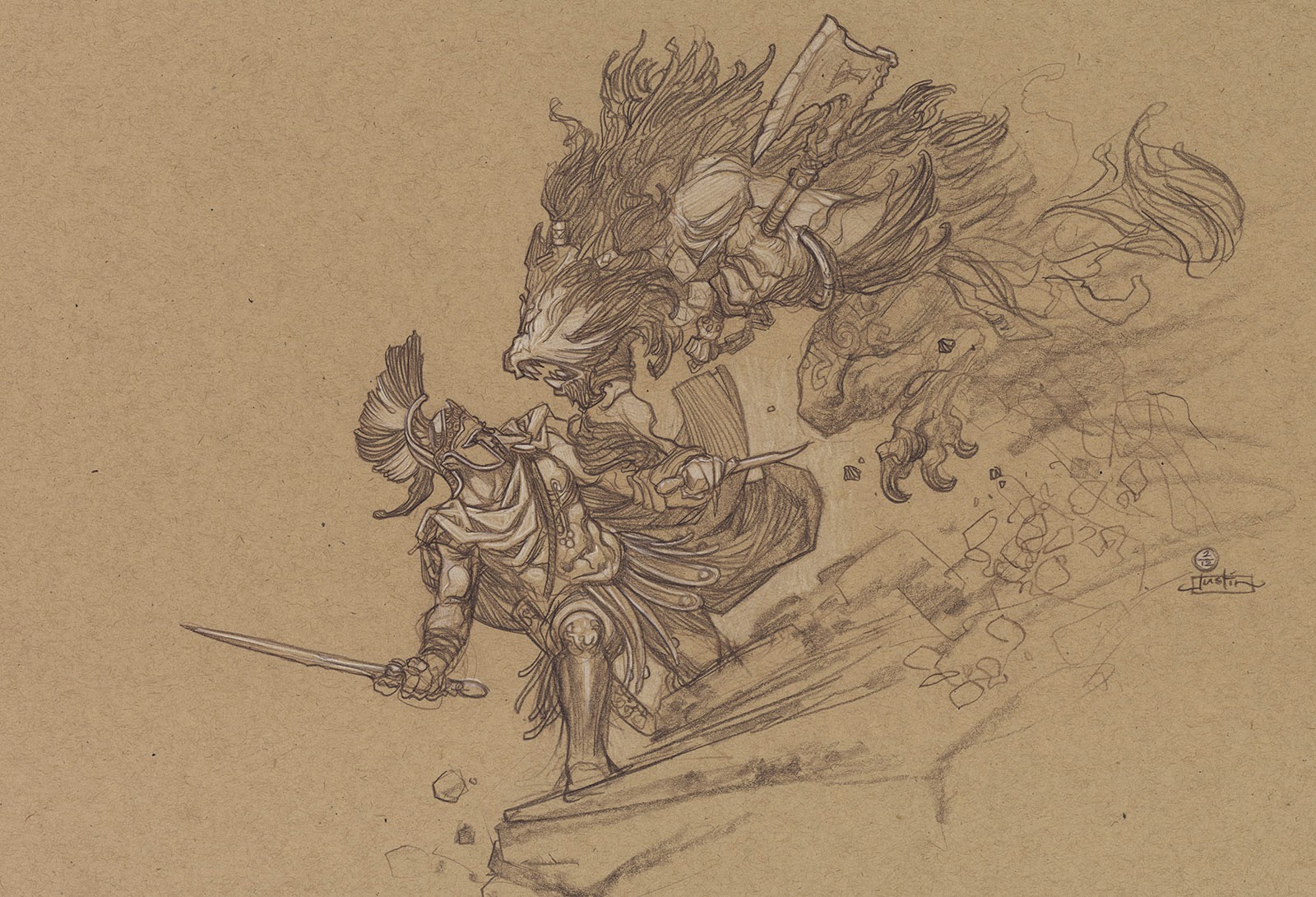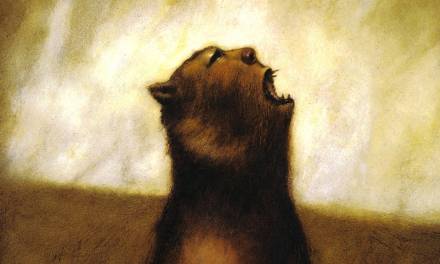By Justin Gerard
I did a post back in 2011 on different ways that different artists painted eyes. So for today’s post I thought I would revisit this theme, only this time, to see how some of my favorite artists paint hands.
There is so much to learn by seeing how different artists tackle the same subject. Comparisons like this can allow us to see the effect that an approach can have when working on your subject. Do you want to refine your subject down to something extremely soft? Or would you rather thrash brushwork into the canvas in order to achieve texture and character? How does leaving an outline around your subject change the way it is seen? Seeing how other artists solved these problems and the effect it can have on their work is always fascinating.
Link to the Original Post: The Eyes Have It







I STRUGGLE with hands. Can you please expand your post . . . add more. Something I think I have discovered about hands is that each finger is tantamount to a separate portrait . . . more or less. I study hands done by other artists, and I must admit that some are breathtaking in their completeness while, at the same time, being so maddeningly simple. That could explain the bare patches on my head from tearing my hair every time I find yet another outstandingly painted set of hands.
I want to print this up poster size and hang it someplace where I can stare at it everyday in hopes of improving my hand drawing skills by osmosis.
(I missed the Eyes one…I'll go back and check that out for sure.)
Many times, the artists that paint great hands, usually have really nice hands.
This is a really important topic, and I definitely think you can link an artwork's success or failure based on the way the artist uses hands. I know from personal experience that a failure to paint or draw a hand in one of my pieces only diminishes my whole effort in the long run.
So along those lines, I was wondering if you have any practical advice for improving my ability to draw hands (and faces, too for that matter) on a daily basis. How did you get to the point where you felt confident enough to draw compelling hands from memory, and what did it take to get you to that point?
One must admit that at times spending hours drawing hands can seem a bit monotonous, but I know that it will benefit my work overall. If you have any resources, tips or just plain preaching to offer I would be grateful!
Thanks,
Will
I'm not as confident as I was with the eyes post, but here's a try from the top….
Weber
Rembrandt (I think)
Rockwell
_____
Leyendecker
bouguereau (?)
_______
Meseldzija
NC Wyeth
Fortune
Escher
Ingre (?)
Mucha
Donato
_____
______
Paul Bonner
____
Sargent
____
Toppi (?)
Hale
Meseldzija
___
Donato
Meseldzija
Frazetta
Mignola
bouguereau
Dos Santos
______
Gurney (?)
Waterhouse (?)
_____
______
Thats all I got.
Please tell us who did the very last one, I don't recognize it, but I love it!
The last one is definitely JC Leyendecker. I believe it's an excerpt from his Christmas painting of a Mother holding her child.
My guesses:
Row 1:
Weber (Memory of Wind)
Wyeth (Long John Silver)
Rockwell (Rosie the Riveter)
Bonner
JC Leyendecker
Godward
Row 2:
Rockwell (Gossip)
Meseldzija
Wyeth (King Arthur)
Fortune
Escher
Van Dyck (???)
Row 3:
Mucha
Donato (???)
Donato
Wyeth (Merlin)
Bonner
Waterhouse (Circe)
Row 4:
Mucha
Sargent
Draper (Sea Maiden)
Toppi
Hale
Meseldzija
Row 5:
Ruan Jia
Donato
Meseldzija
Frazetta
Mignola
Bouguereau (Satyr and Nymphs)
Row 6:
dos Santos
Repin (Ivan the Terrible)
Bonner (???)
Sargent
Ingres
JC Leyendecker
Wow Dan you are good! And for anyone else who wants to try to guess these I will post the actual artists names in the comments here tomorrow!
Hey Will,
It's a great question and I may do a post at some point elaborating on how I approach doing hands (and especially drawing them from memory/imagination).
For drawing from life I can't really improve on Charles Bargues French Academic method for drawing from life.
But for drawing from memory/imagination my basic method is based on George Bridgeman's methods as laid out in his book, “The Human Machine”. Bridgeman's way of massing in forms and then refining them was extremely foundational for me.
But for day to day practical improvement – the first step is always to draw (or sculpt!) from life and do it so many times that you fully understand the object three-dimensionally. Then massing in an object becomes much easier!
I agree with Dan on all these except for:
The last one in row 2 is a Rembrandt
Row 3 column 2 – Fluharty
Fluharty, huh? I'll have to check on that. That one stumped me the hardest.
As for Rembrandt, you may be right. Mine was a guess, but I'm not 100% convinced it's Rembrandt either… it's too clean. Definitely looks Flemish though!
Yup. Fluharty I was wondering what the heck was up with those weird eyes. Good call.
Damn, you're right on Rembrandt too. Portrait of Maria Trip.
I'd be really interested in reading that post as well. Hands are so challenging and mine tend to look like claws.
THE ANSWERS:
(Which Dan Dos Santos pretty much already nailed!)
Row 1:
Sam Weber
N. C. Wyeth
Norman Rockwell
Paul Bonner
J.C. Leyendecker
John William Godward
Row 2:
Norman Rockwell
Petar Meseldzija
N.C. Wyeth
Eric Fortune
M. C. Escher
Rembrandt
Row 3:
Alphonse Mucha
Thomas Fluharty
Donato Giancola
N.C. Wyeth
Paul Bonner
Waterhouse
Row 4:
Alphonse Mucha
John Singer Sargent
Herbert Draper
Sergio Toppi
Phil Hale
Petar Meseldzija
Row 5:
Ruan Jia
Donato Giancola
Petar Meseldzija
Frank Frazetta
Mike Mignola
William Bouguereau
Row 6:
Dan Dos Santos
Ilya Repin
Paul Bonner
John Singer Sargent
Jean-Auguste-Dominique Ingres
J.C. Leyendecker
Great post–I love the amount of communication good artists are able to put into the pose of a hand. And I also look forward to a future post on drawing/painting them.
Thank You!
You know, just having this image as my wallpaper on my reference monitor has gotten me through a few difficult hand poses this week 🙂
For grasping (pardon the pun) the look and feel of the entire hand, from all angles and all positions, I have learned the most from cartooning books. When you can draw a cartoon hand and have it look and feel like a hand, it's not that difficult to take it to a more complex 'realistic' version. (Going the other direction, on the other hand (oops, another pun) is much more difficult.)